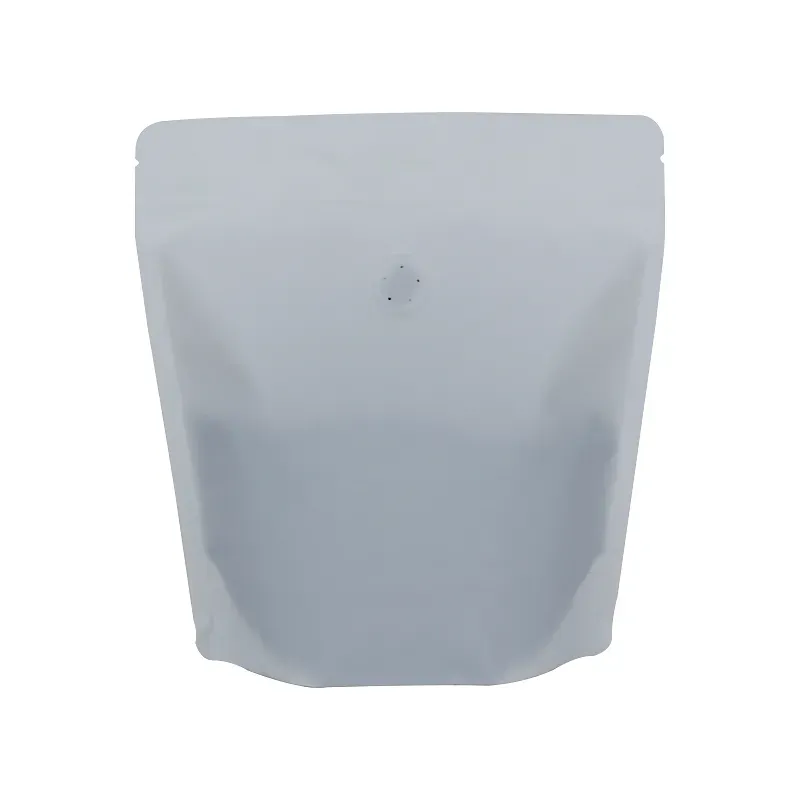- Afrikaans
- Albanian
- Amharic
- Arabic
- Armenian
- Azerbaijani
- Basque
- Belarusian
- Bengali
- Bosnian
- Bulgarian
- Catalan
- Cebuano
- chinese_simplified
- chinese_traditional
- Corsican
- Croatian
- Czech
- Danish
- Dutch
- English
- Esperanto
- Estonian
- Finnish
- French
- Frisian
- Galician
- Georgian
- German
- Greek
- Gujarati
- haitian_creole
- hausa
- hawaiian
- Hebrew
- Hindi
- Miao
- Hungarian
- Icelandic
- igbo
- Indonesian
- irish
- Italian
- Japanese
- Javanese
- Kannada
- kazakh
- Khmer
- Rwandese
- Korean
- Kurdish
- Kyrgyz
- Lao
- Latin
- Latvian
- Lithuanian
- Luxembourgish
- Macedonian
- Malgashi
- Malay
- Malayalam
- Maltese
- Maori
- Marathi
- Mongolian
- Myanmar
- Nepali
- Norwegian
- Norwegian
- Occitan
- Pashto
- Persian
- Polish
- Portuguese
- Punjabi
- Romanian
- Russian
- Samoan
- scottish-gaelic
- Serbian
- Sesotho
- Shona
- Sindhi
- Sinhala
- Slovak
- Slovenian
- Somali
- Spanish
- Sundanese
- Swahili
- Swedish
- Tagalog
- Tajik
- Tamil
- Tatar
- Telugu
- Thai
- Turkish
- Turkmen
- Ukrainian
- Urdu
- Uighur
- Uzbek
- Vietnamese
- Welsh
- Bantu
- Yiddish
- Yoruba
- Zulu
Understanding Wire Gauge Measurements and Conversion to Mils for Precision Applications
Understanding Gauge to Mils Conversion A Comprehensive Guide
The conversion from gauge to mils is an essential knowledge area for professionals and enthusiasts working with materials in various industries, including manufacturing, engineering, and construction. Understanding the difference between these two measurement systems can help in selecting the right components for projects and ensuring precision in specifications.
What are Gauge and Mils?
Gauge and mils are two different units used to measure the thickness of materials, particularly metals, plastics, and wires. The term gauge typically refers to a standardized measurement that indicates the thickness of a sheet of metal, with a higher gauge number corresponding to a thinner sheet. On the other hand, a mil is a unit of measurement that equals one-thousandth of an inch (0.001 inch), commonly used to specify the thickness of coatings and films.
The Gauge System
The gauge system originated in the 19th century and varies depending on the type of material being measured. For instance, the American Wire Gauge (AWG) is a standard for wire thickness, while the Standard Wire Gauge (SWG) applies to metal sheets. The gauge number is inversely proportional to thickness; for example, a 10-gauge wire is thicker than a 20-gauge wire. This can often lead to confusion, particularly when switching between different materials or gauges.
Conversion of Gauge to Mils
To convert gauge to mils, one must first understand the specific gauge standard they are working with, as different materials may have unique conversion values
. Below are general conversions for common materialsgauge to mils

1. Sheet Metal (SWG) to Mils - 30 Gauge = 0.0120 inches (or 12 mils) - 28 Gauge = 0.0140 inches (or 14 mils) - 26 Gauge = 0.0180 inches (or 18 mils) - 24 Gauge = 0.0220 inches (or 22 mils) - 22 Gauge = 0.0250 inches (or 25 mils)
2. American Wire Gauge (AWG) to Mils - 20 AWG = 0.0320 inches (or 32 mils) - 18 AWG = 0.0403 inches (or 40.3 mils) - 14 AWG = 0.0641 inches (or 64.1 mils)
These conversions can vary slightly based on different regional standards, so it is essential to consult accurate tables for specific projects.
Importance of Accurate Measurement
In industries where precision is critical—such as aerospace, automotive, or electronics—understanding and accurately converting gauge to mils ensures that components fit together correctly and function as intended. Using the right thickness can prevent structural failures or performance issues that could arise from deviations in material specs.
Conclusion
Converting gauge to mils is a fundamental skill for anyone involved in manufacturing, engineering, or construction. Given the intricacies of different gauge systems and their respective conversions to mils, it’s crucial to familiarize oneself with the specific materials and standards relevant to their field of work. By mastering this conversion, professionals can make informed decisions, ensuring optimal results in their projects. As industries continue to innovate and evolve, staying informed about measurement standards will pave the way for better practice, greater efficiencies, and improved outcomes. For precise applications, always remember to refer to the latest conversion tables and guidelines tailored to your specific material needs.













